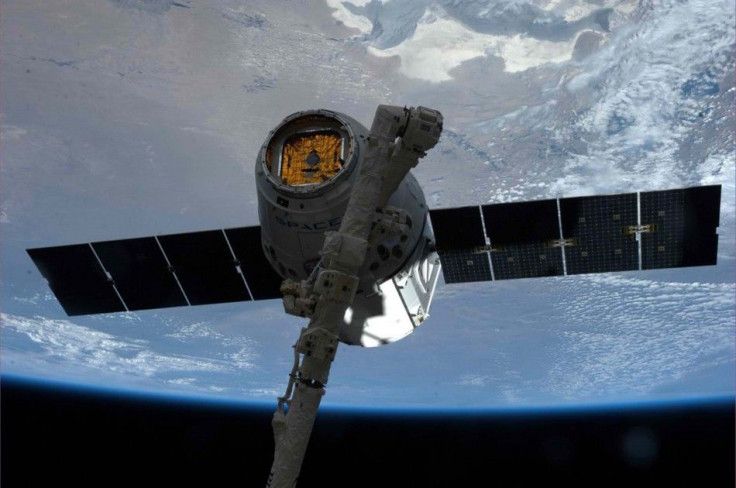'Impossible' Engine That Makes Fuel Out Of Empty Space Tested By NASA

National Aeronautics and Space Administration has produced something(fuel) out of nothing(empty space), paving a way to the stars in the process. The new 'impossible' microwave propulsion system, 'Cannae Drive' is a concept from inventor Roger Sawyer, which NASA was initially sceptical to test.
The propulsion system uses just electricity to produce propulsion. Usually, according to the law of "equal and opposite reactions, thrusters need to eject some mass. All scientists face the question of how to get the maximum thrust from the least amount of fuel.
In the case of the microwave drives, the engine would significantly improve space programs. Life of expensive devices can be improved to a great extent due to the solar panels providing satellites with all of their energy to help them adjust their orbits.
Harold White of NASA, has said that Proxima Centauri, the closest star to the sun which is 4.2 light years away, can be propelled to humanity with the help of the microwave drive.
NASA is unsure of how it works but they've gathered data which suggests that it does. The result of the test is that the thrust is tiny and some even suggest that the experiment was flawed. The inventor of the microwave drive, Roger Sawyer, has said that the experiment produced far lower outputs than the ones that his testing brought in.
Quantum vacuum fluctuation, one of the concepts of the device, is an effect in which the particles are created in the vacuum of space spontaneously, before going back to the non-existent state in a span of one minute. The rare particles are being captured inside the microwave drive, and turned into plasma, which imparts thrust.
If this experiment certainly proves to be successful, it could be a source of fuel that can be directed towards an engine without the help of dangerous and heavy fuel tanks.
Earlier, a Chinese team had built a similar device that produced 72 grams of thrust. This amount in addition to some solar energy is enough to eliminate the need for supply of propellant.
A propellant-less microwave thruster built by Guido Fetta, presented on July 30 showed positive results and have been published in a paper called "Anomalous Thrust Production from an RF [radio frequency] Test Device Measured on a Low-Thrust Torsion Pendulum".




















